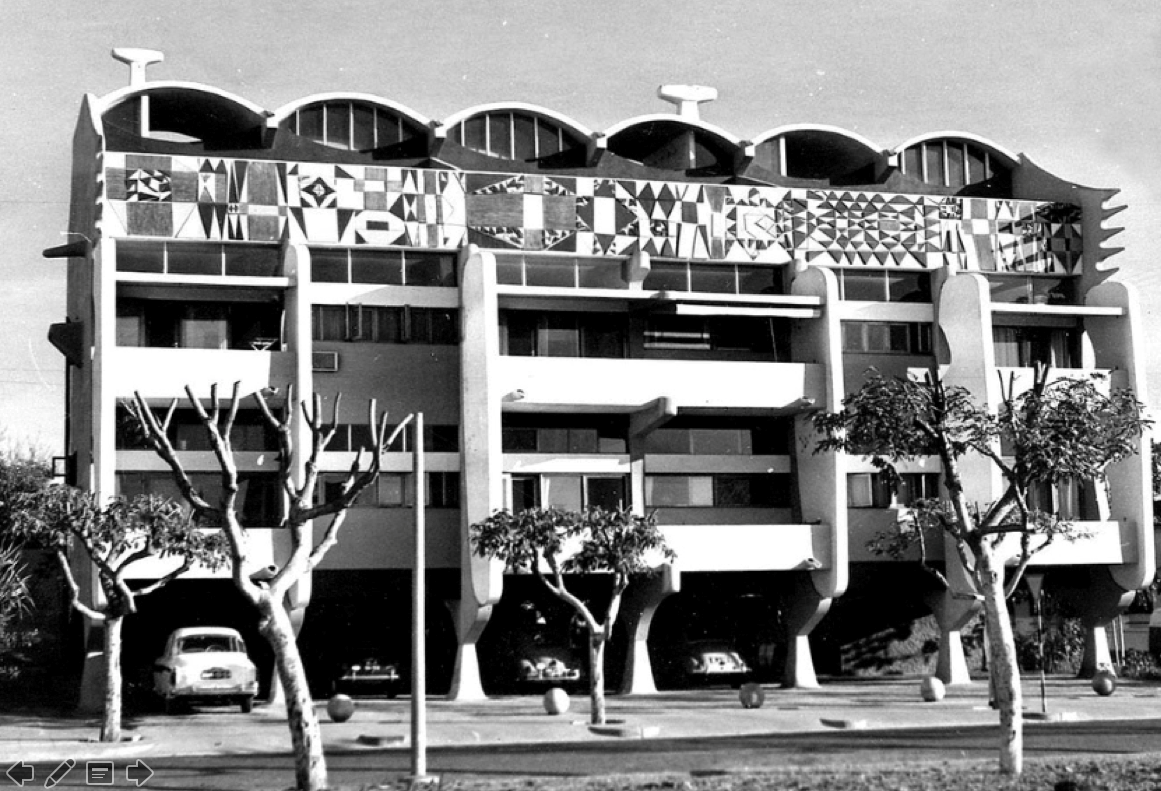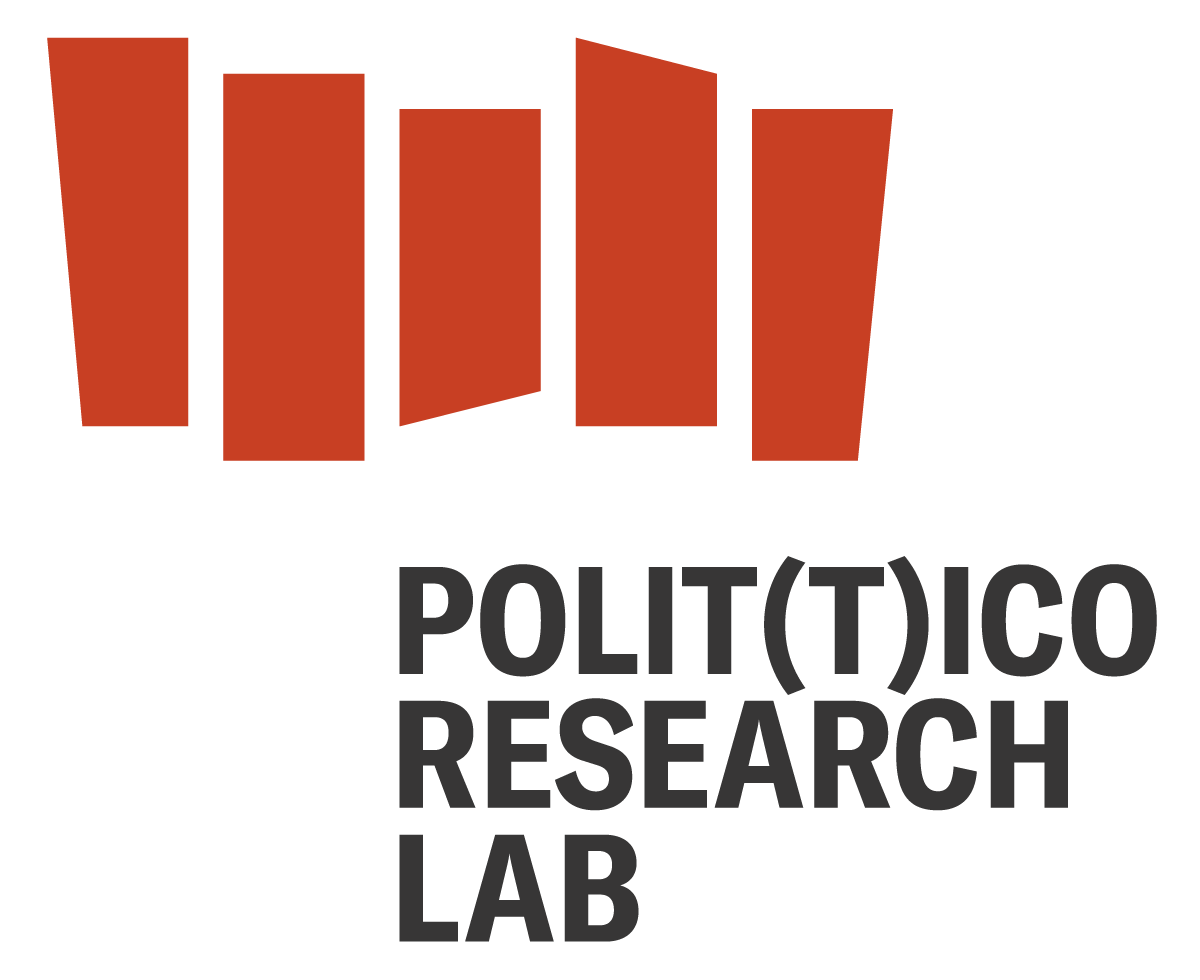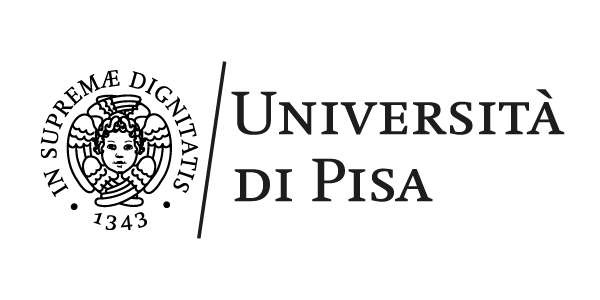
Pancho Guedes and the Hybrid Architecture of Mozambique, Brazil, and Portugal
Pancho Guedes and the Hybrid Architecture of Mozambique, Brazil, and Portugal
lecture
elisa dainese
June 28th, 2021, 2pm CET
Online
June 28th, 2021, 2pm CET
Online
Mozambican, Portuguese and (later) Brazilian architectural culture did not simply meet in the process of creolization that followed the Portuguese arrival in the South-East African region, around 1498. In the African works of Portuguese architects, such as Amancio “Pancho” Guedes, the vernacular guided the discussion on new forms and alternative models, while European legacy and Brazilian knowledge informed more cosmopolitan perspectives.
This presentation explores the post-World war II mobility of people and ideas among Mozambique, Brazil and Portugal. The focus is on the work of Amancio Guedes and other Portuguese architects in Mozambique. Investigations center on the architects’ position of outsider émigré at the periphery of the movement and on their role of designers-interpreters among transcontinental cultures and traditions. The presentation analyzes how architects acted as a cultural bridge between continents and traditions emphasizing knowledge migration and hybridization of perspectives. The work also examines the myth of Lusotropicalism as described by Gilberto Freyre and the geopolitical concept of pluricontinentalism as applied to Portuguese architecture overseas. Questioning the colonial/vernacular bipolarity of modern architecture in Mozambique, the paper illuminates previously unknown relations between architects, local artists and builders in the region. Results offer a new genealogy of history and thoughts, which disclose the fundamental role played by the transatlantic exchange in the historical and conceptual refashioning of postwar architecture in the region.
Discussants
- Adedoyin Teriba, Assistant Prof of Art and Urban Studies, Vassar College
- Pedro D'Alpoim Guedes, son of Pancho Guedes and senior lecturer at School of Architecture, The University of Queensland
Image credits: Pancho Guedes, Smiling Lion, Lourenco Marques, Mozambique. 1956 (Archive of P.G.)

